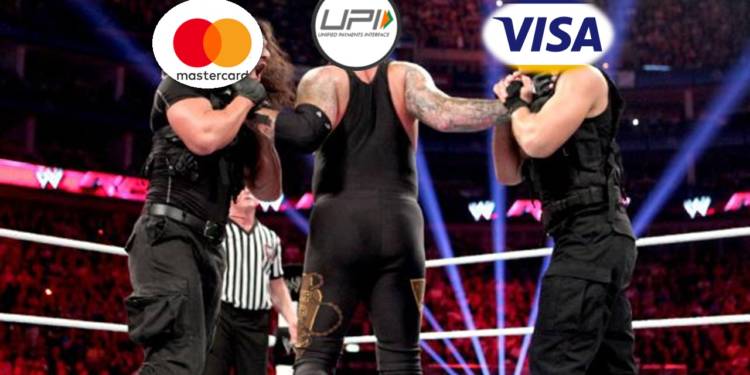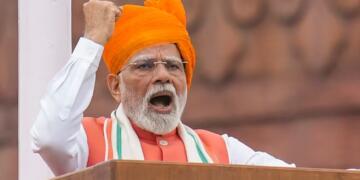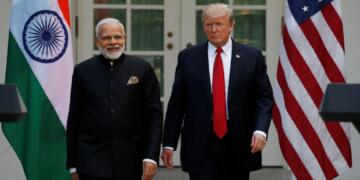Modi government’s Unified Payments Interface (UPI), the digital transaction platform which was launched three years ago, has surpassed the number of debit cards payment in 2018-19. As per the RBI’s annual report; 5.35 billion UPI based transactions were recorded in FY19 while the number of debit card payments was just 4.41 billion. The number of UPI transactions was 20 per cent higher as compared to the payments via debit cards.
The UPI transactions rose from 915.2 million in FY18 to five times high in FY19 (5.35 billion). The transactions also registered a phenomenal year on year growth as compared to the other modes of non-cash payments- debit cards, credit cards, NEFT system, and point of sale (POS) terminals along with witnessing a healthy growth. For instance, NEFT registered 19.1% in terms of volume and 32.3% in terms of value (2.3 billion transactions worth Rs. 228 trillion in 2018-19) compared to the previous fiscal year.
The annual report by RBI report reads:
“The acceptance infrastructure also witnessed substantial growth, the number of point of sale (POS) terminals increased by 21% to 3.72 million at the end of March 2019, from 3.08 million at the end of March 2018. However, during the same period, the number of ATMs witnessed a decline from 222,247 to 221, 703.”
UPI is an instant real-time payment system launched by the government of India to facilitate hassle-free digital transactions. The interface is regulated by the Reserve Bank of India and works by instantly transferring funds between two bank accounts on a mobile platform. It is an umbrella organization for all public and private retail payments in the country. The major private players which operate on UPI are Paytm, PhonePe, Amazon Pay, and Google Pay and the public sector player is BHIM (Bharat Interface for Money) launched by PM Modi on December 30, 2016. The UPI and BHIM apps were developed by National Payments Corporation of India (NCPI) which is promoted by the country’s central bank- the Reserve Bank of India.
Many experts and committees have suggested taking UPI and RuPay on a global scale. The Nandan Nilekani led committee on digital payments had recommended that it was the time to take UPI global.
In an article published in Livemint, Rahul Matthan, a partner at Trilegal and author of ‘Privacy 3.0: Unlocking Our Data-Driven Future: The Law Relating to Computers and the Internet’ has argued that UPI is world-class and it’s time to make it international. “UPI may not be decentralized but we know it works well at scale even over patchy mobile networks,” writes Matthan.
In the pre-Modi era, the international digital transaction players like Visa, MasterCard and American Express were involved in oligopoly practices as they were the sole players. They used to charge customers an outrageous processing fee and had made card payments an elite practice. The Modi government launched the country’s own digital payments system and built an infrastructure to encourage digital payments. Digital transactions are growing exponentially in India since the launch of Unified Payments Interface (UPI).
UPI was rated as the topmost payments service in Faster Payments Innovation Index (FPII) by Fidelity National Information Services (FIS). The government made the digital and card transactions free in order to promote digitization of financial system in the country and this has hurt the multinationals like Visa and MasterCard which behaved irresponsibly in the past.
































